Choosing the right roofing material: clay roof tiles vs. asphalt shingles
The roof is an essential element of a house. It is not just a beautiful finish for the appearance as it is also designed to provide reliable protection from external influences on the structure. A properly installed roof will help avoid many problems from moisture penetration into the structure and inside the house, preserving the microclimate, thermal and sound insulation. Traditional cement-sand slates, clay roof tiles and modern asphalt shingles are most often used in construction to create a reliable and durable roof. However, these are very different materials. To determine which option is acceptable for your roof, we recommend that you study these products and evaluate how each of them is suited to the design of your house and the climate in which it will be operated.
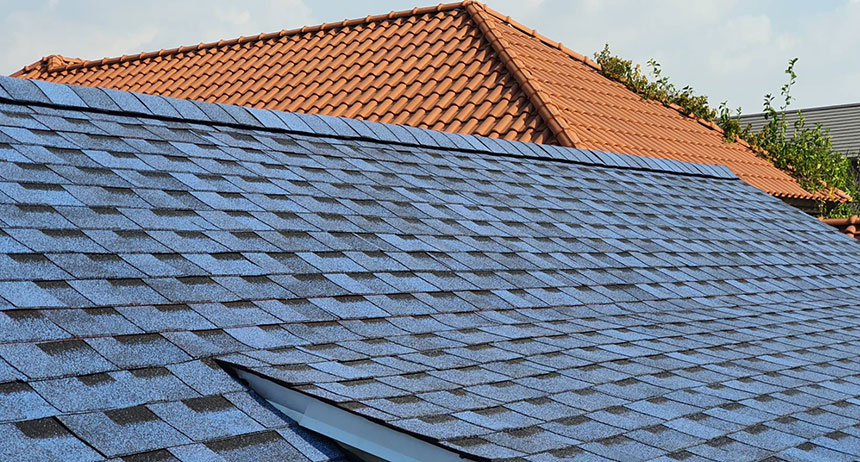
Appearance
Ceramic roof tiles are made by forming, drying and firing clay blanks at high temperatures in a blast furnace. The material’s color is formed during firing and will not fade in the future. Most often, ceramic roof tiles reminding the shape of the letter “S” are installed by overlapping each other and forming a wave-like pattern. However, you can also find tiles of different shapes, such as semicircular or ribbed, if you need to create a unique roof design. In turn, mineral tiles on a sand-concrete base are made from a mixture of cement and quartz sand in particular fractions using dyes and pigments.
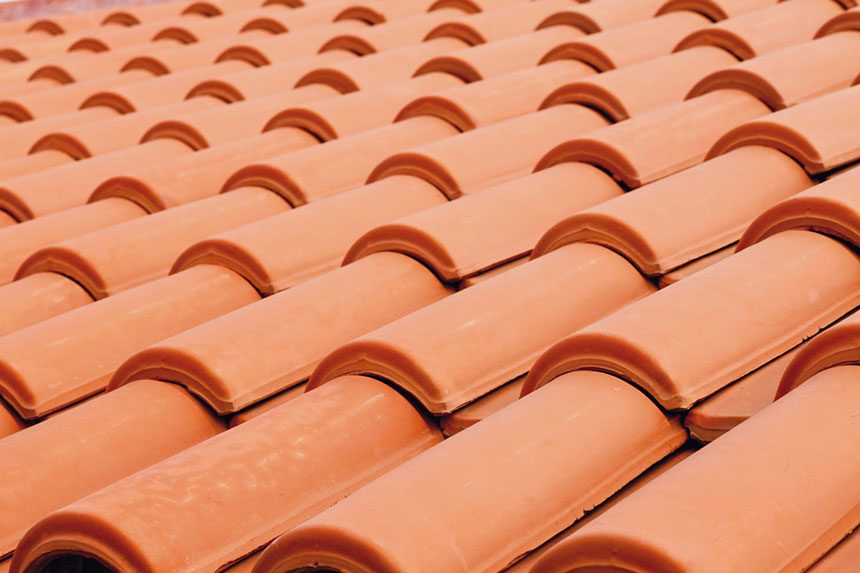
TECHNONICOL flexible roofing shingles are a multilayer material based on oxidized bitumen composition reinforced with fiberglass. The upper side of each asphalt shingle is covered with hydrophobized basalt granules that get their rich and bright colors at extremely high temperatures to keep it for decades. The resulted color mixes shimmer effectively, creating a unique visual effect. The cut pattern is made in different forms depending on the collection, which gives many options to fit the chosen house design in the best way. Roofing shingles are produced in modules with a size of 1000 × 317-349 mm with curly cutting along one edge in the form of a hexagon, rectangle, semicircle, etc. The overlapping shingles create an original three-dimensional pattern and reliably protect the house from any weather whims.
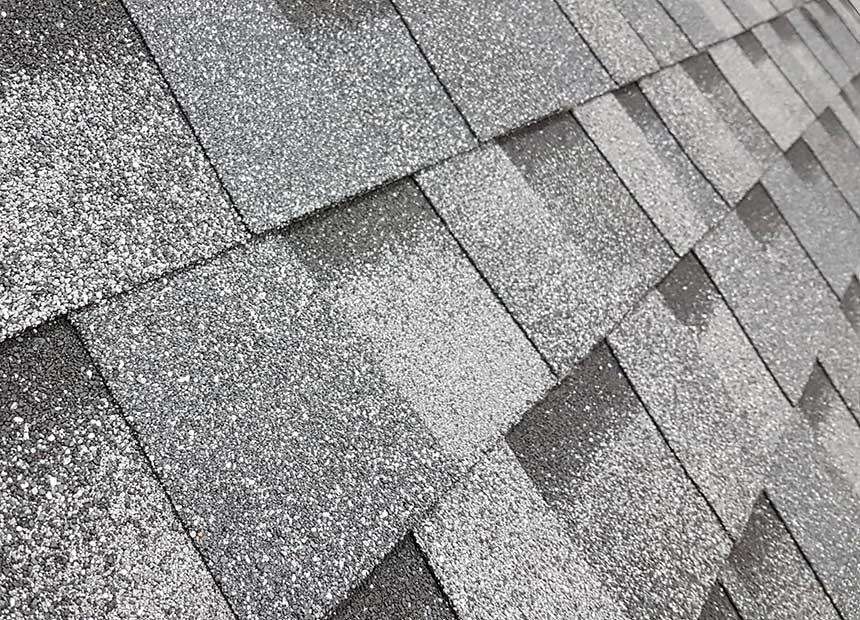
Durability
Tiles made of baked clay are still in demand in modern construction. However, a clay tile roof has pros and cons. Such a roof has strength, is resistant to frost and moisture, is environmentally friendly and has relatively good sound insulation (ceramic tiles partially dampen sound due to their mass and thickness). The durability of a properly installed roof made of clay tiles can reach 100 years, but it will not work to apply it at a slope of less than 22°. A significant disadvantage of ceramic roof tiles is their great weight: 1 m2 of the material usually weighs more than 40 kg. This creates an additional load on the foundation and the house’s rafter system. It is necessary to ensure that the house can withstand such a considerable weight at the project stage already. Strengthening the structure entails additional costs. In addition, during installation and operation, fragile ceramic tiles can easily break if they fall or get hit.
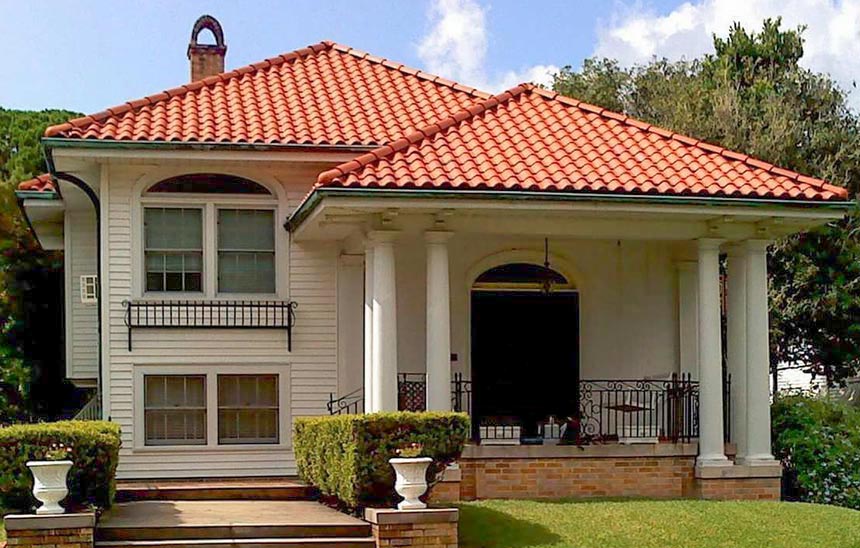
Thanks to the multilayer structure and carefully selected components, roofing shingles have improved strength and excellent resistance to external influences. The premium quality of TECHNONICOL roofing shingles is confirmed by the manufacturer’s warranty of up to 60 years. Two layers of bitumen composition, basalt granules and fiberglass reinforcement provide exceptional physical characteristics and advantages to the material (and these are doubled in the case of multilayer roofing shingles!). The oxidized bitumen compound provides waterproofing and high-temperature resistance while giving outstanding flexibility to the roof covering. The top layer of colored basalt granules gives the material reliable protection from ultraviolet and mechanical influences. Roofing shingles have great noise-absorbing properties, are fireproof and not afraid of corrosion or rotting. In case of using recommended installation technology, TECHNONICOL guarantees tight shingles fit each other that grants the roof stability, even against strong wind.
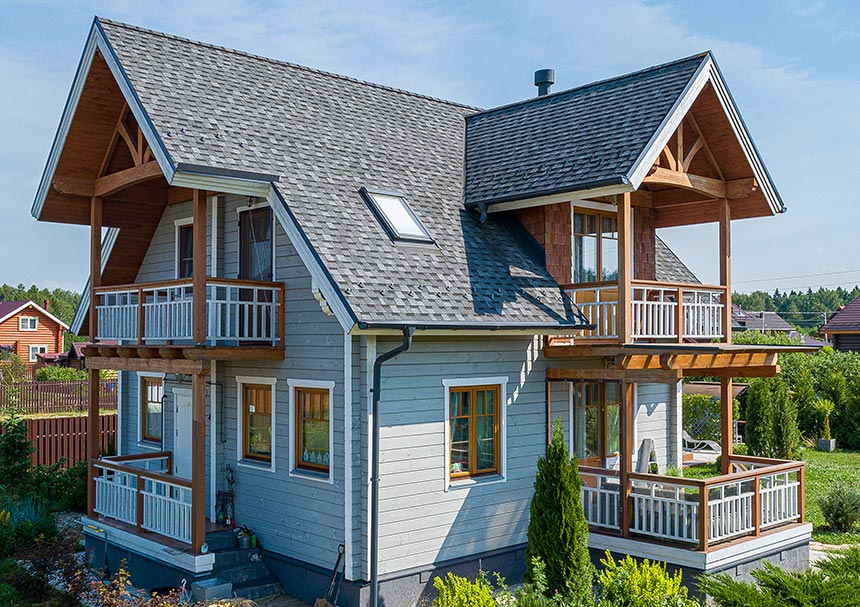
Installation
Roof tiles types largely determine the time, labor intensity and, accordingly, the costs of the installation process. Clay and concrete roof tiles require significant application expenses due to the complicated laying procedure. The tile is freely placed on the crate and mechanically attached to it. The exact type of fixation is determined by the material type and shape, chosen system, manufacturer’s requirements, roof slope, wind loads and the height of the building. Installing a tiled roof can take a lot of time due to the difficulties of the arrangement of joints and connections, as well as the rigidity and the high weight of the material itself. The duration and complexity of the work cause a high cost for installation. At the same time, if the tiles are not correctly laid and do not fit tightly to each other, there is a high possibility of water ingress, which will lead to trouble in the form of leakages and mold. Therefore, it is not always possible to save money on ceramic or concrete roof tiles.
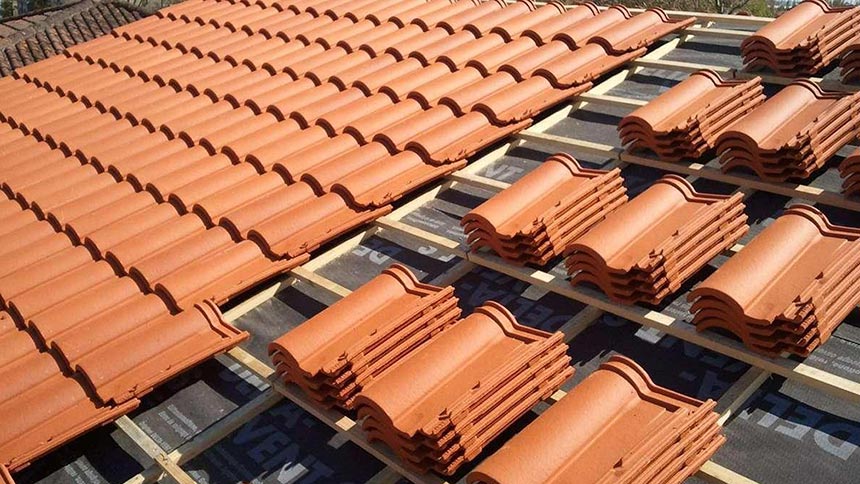
Installation of bitumen shingles takes much less time and effort, although compliance with the technology is also mandatory. They are lightweight and supplied in bundles, which noticeably facilitates the work. TECHNONICOL shingles are installed by nailing or torching methods. The chosen method depends on the type of substrate, project requirements and the climate in which the work is performed. In India, the torching method is more common. The shingles are only installed on a smooth, solid and dry base. An essential advantage of the material is that it can be installed on roofs of various configurations, with a slope from 5 degrees. It does not require additional reinforcement of the supporting rafter system. Asphalt shingles by TECHNONICOL can be installed quickly on the roof of the most intricate configuration with almost no waste.
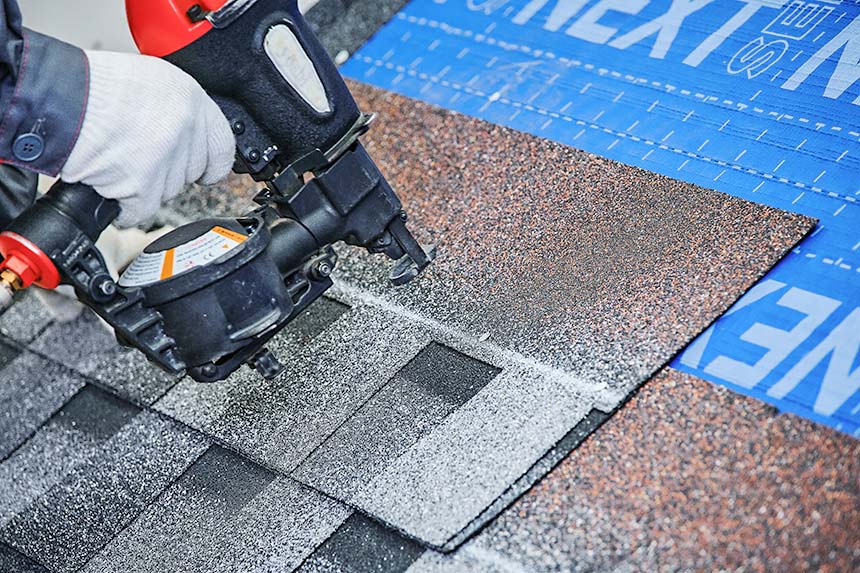
Maintenance
Maintenance of roofs from any tile type is similar. Every year it is necessary to check it for possible problems. Clay tiles can break, crack, or fall out of the roof structure. If old elements are damaged, they are replaced with new ones, with the repair work performed locally. Moss, vegetation and algae are removed mechanically. It is not always possible to replace the tiles and clean the roof yourself. Walking on a roof made of clay or cement-sand tiles is not recommended, as this can cause their damage.
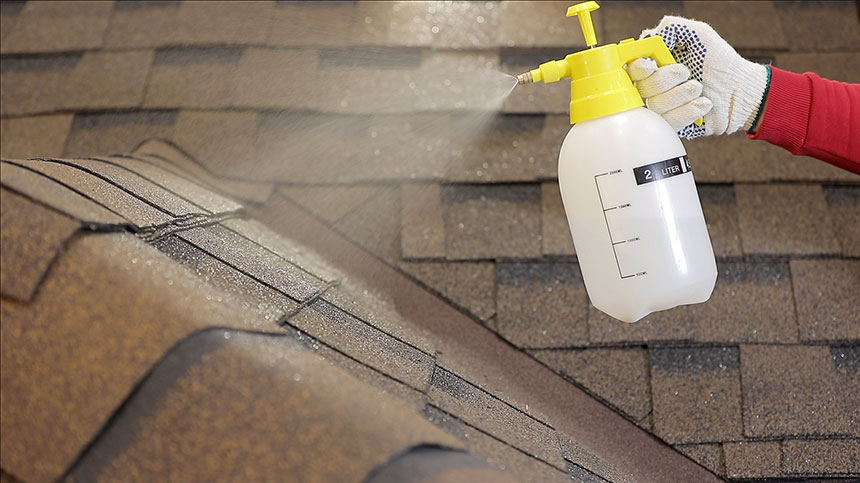
The risk of damage to the roof made from asphalt shingles is much less. Maintenance of such a roof and local repairs, if necessary, can be carried out independently without the involvement of specialists. Additionally, some collections of TECHNONICOL roofing shingles are pre-treated from algae at the production stage, so you do not have to fight against its growth for several years. Almost all the work on the care of such covering is reduced to cleaning the roof itself and gutters from the garbage and dust.
Conclusion
Nowadays, a great variety of different roofing types is presented on the market, each of which has its characteristics, peculiarities, scope, pros and cons. Therefore, it becomes crucial to make the right choice considering all factors, such as esthetic appearance, durability and reliability, ease of installation and maintenance – all of which affect the total cost of your roof over the years. Qualified TECHNONICOL specialists are always happy to help you avoid getting confused about all these subtleties – we are just a call away.
Back to blog list